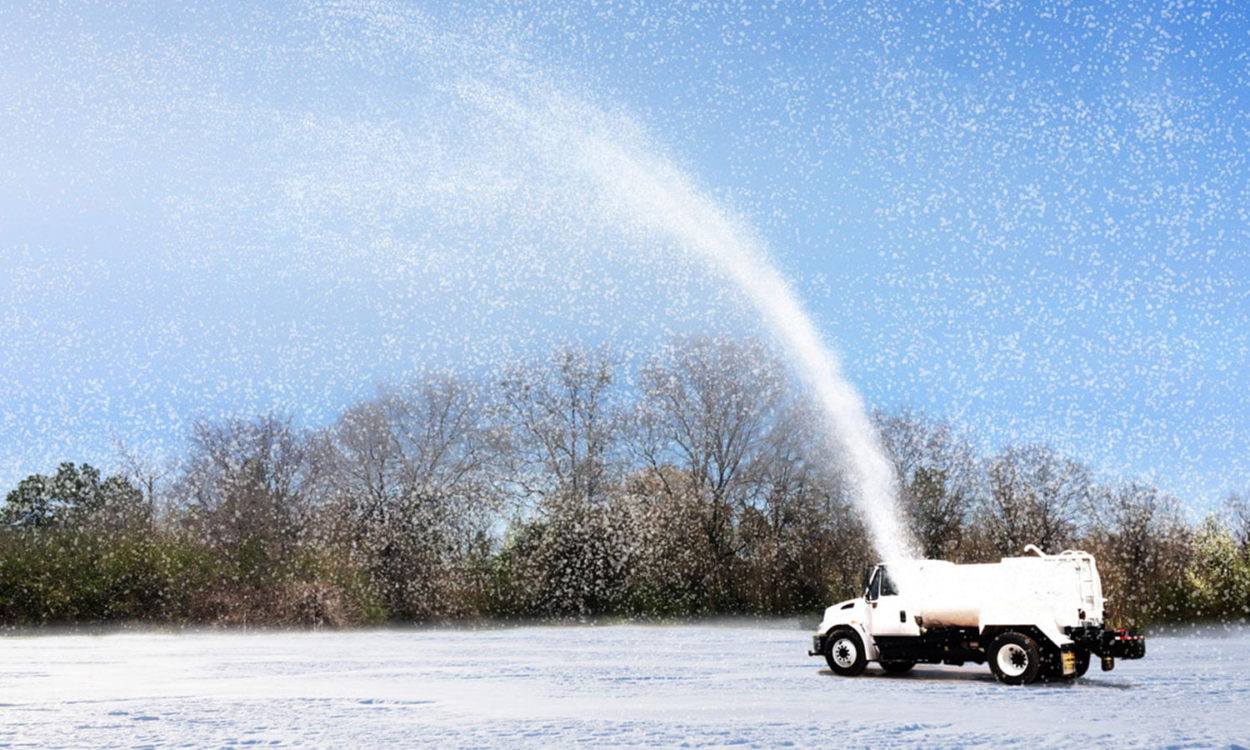Take a moment to picture yourself on a crisp winter morning. With a cup of warm coffee by your side, you’re bundled from head to toe. In the distance, the rays of the morning sun are creeping over the limbs of a row of steadfast trees as the chirps of birds provide the signal of daybreak—flashes of light dance across the frozen lake. The beauty is mesmerizing – hypnotic even. Suddenly, you’re pulled from your winter wonderland by the realization you need to winterize your equipment! While a frozen lake might look pretty, a burst water line sure does not.
As water freezes, it expands. Because of this, your equipment has to undergo a winterizing process. If water freezes in pipes, it can damage parts of the equipment.

There are only a few pieces of Ledwell equipment that utilize a system that includes water. Here’s how to maintain those units through the winter:
Water Trucks:
Close the water intake valve located on the inlet side of the pump on the driver’s side.
Remove the 3” cam lock.
Open the water intake valve.
Locat the primer tank valve above the cam lock and open.
Open all drain cocks.
Note: Leave these valves open to ensure that the system is drained of all possible liquid. Do this after each use if continued throughout the winter or once after its final use of the season before storing.
Vacuum Trucks:
Locate all valves and drain cocks connected to any water system on your specific vacuum unit.
Remove any caps or loosen any drain cocks and allow the remaining water to flow from the system.
Clean any leftover residue from the system.
Note: All vacuum maintenance procedures for water systems are the same and should be performed daily to avoid residue build-up. During colder weather, this will also reduce the risk of freezing.
Make sure your equipment is suitable for the weather conditions present. As a side note, always make sure the type of hydraulic fluid used is appropriate for the climate. Colder weather might call for a lighter, synthetic, or an all-weather fluid. Allow for a warm-up period when turning equipment on.
Remember to read your operation and safety manual to ensure that you are well educated on your equipment’s needs. You can also find operation videos on our YouTube page. Be sure to subscribe to receive updates when new videos premiere.

